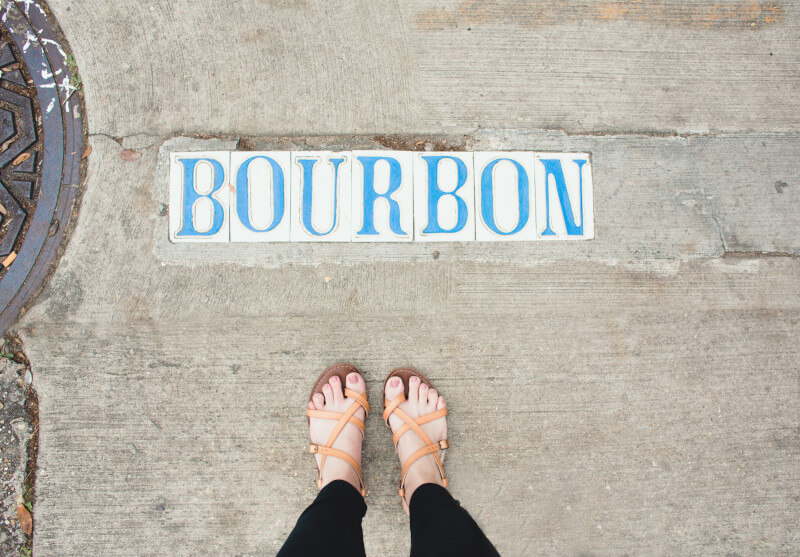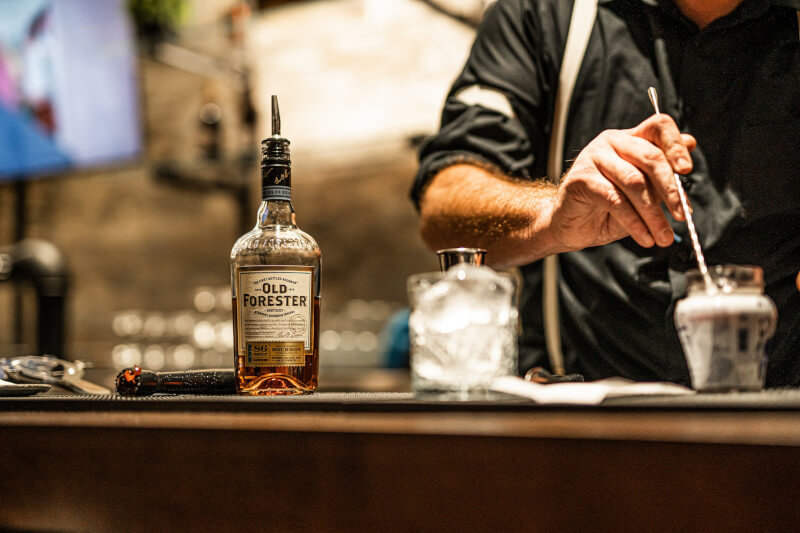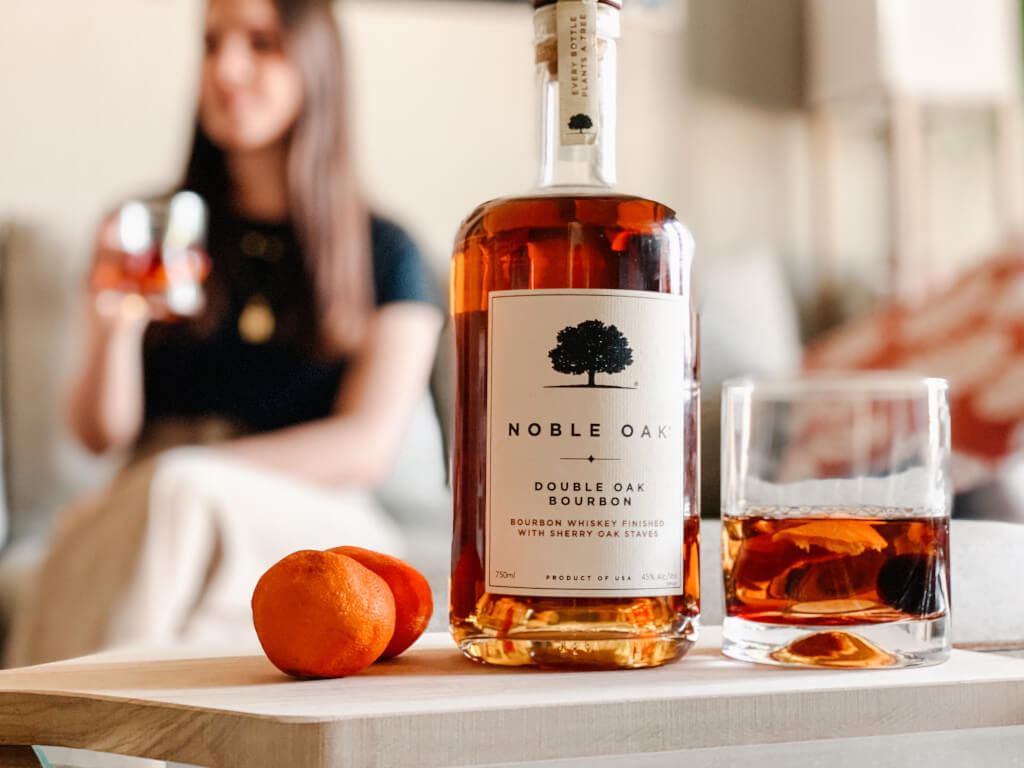Navigating the diverse and nuanced world of whiskies can sometimes feel like decoding a complex language filled with historical narratives, unique production techniques, and distinct flavor profiles. In your quest to become fluent in this language, two types that you must get acquainted with are Canadian whisky and bourbon.
Bourbon’s Early Days
When you step back to the 18th century, you find that bourbon’s roots are deeply embedded in the US, particularly in the South and Kentucky. It’s interesting to note that cities like Boston, New York, and Philadelphia played a crucial role in settling eastern North America, thanks to the fertility of the soil that led to an overabundance of grain, including rye and wheat. The rural landscapes of Maryland, Pennsylvania, and Virginia saw the birth of the earliest distilleries, with American farmers producing about 500 gallons of alcohol annually in the 18th century. This figure skyrocketed to over 10 million gallons by 1830, symbolizing the spirited growth of the bourbon industry. While hard cider and applejack initially held sway in rural America, whisky soon became the favored spirit, propelled by endorsements from frontiersmen such as Daniel Boone and Davy Crockett.
The Inception of Canadian Whisky
Canadian whisky boasts a vibrant history, tracing back to the early days of European settlement. The pioneer whisky makers utilized wheat and rye nearing spoilage to craft whisky in rudimentary stills, resulting in a vast array of proofs and quality levels. It was the Molson family who pioneered large-scale whisky production in Canada, steering it through tumultuous early days to an era where the mastery over fine whisky production is evident.
Influence of the Prohibition Era
During the Prohibition era in the U.S. (1920-1933), the production, sale, and transportation of alcoholic beverages were banned. This period brought about a seismic shift in the bourbon industry. Before prohibition, bourbon had grown into a substantial industry with Kentucky at its heart. However, the ban forced many distilleries to shut down, a move that almost obliterated the bourbon industry. Yet, it was also a period that saw some distilleries surviving by obtaining medicinal liquor permits, effectively allowing them to operate under the guise of producing medicinal alcohol. This period entrenched bourbon as a truly American spirit, rooted in resilience and innovation. Whereas, with the Canadian whisky industry flourished during this time, with many Americans turning to their northern neighbor for their alcohol supply. It was a golden era for Canadian distillers who managed to gain a foothold in the U.S. market, establishing a long-standing affinity for Canadian whisky in the U.S. that endures to this day. This period saw the cementing of Canadian whisky’s reputation as a reliable, quality spirit, characterized by its smoothness and mild flavor profile.
The Cultural Impact of Both Bourbon And Canadian Whiskey
We all are very aware that bourbon holds a more entrenched position in American literature, cinema, and music. Notably, distinguished authors such as William Faulkner and Mark Twain have utilized bourbon as a literary instrument to underscore the American tradition, painting it as a spirit synonymous with the nation’s identity. Similarly, the film industry, with works like “Crazy Heart” and “Kingsman,” casts bourbon as an emblem of a rugged, definitive American spirit, a portrayal that echoes in music landscapes across country, blues, and rock genres. These references showcase bourbon’s deep-rooted history on American soil and demonstrate its permeation into the broader cultural consciousness as a symbol of heritage and tradition, effectively influencing its perception as a drink embodying a quintessentially robust American spirit.
Canadian whisky, on the other hand, although not as heavily ingrained in cultural narratives as bourbon, maintains a presence that subtly accentuates its smooth characteristics and Canadian lineage. In literature, it offers a gentle nod to the nation’s history, seamlessly weaving itself into narratives that echo the spirit’s role in the country’s past. The film industry often portrays Canadian whisky as a refined choice of drink, establishing it as a representation of grace and elegance in the beverage spectrum. Musically, the spirit has been less dominant but celebrated, particularly for its smooth profile which is a hallmark of Canadian whiskies.
While both bourbon and Canadian whisky have carved out spaces in the cultural sense, they have fostered distinctly different identities, shaped significantly by their historical contexts. Bourbon, deeply anchored in American history, has built a robust image synonymous with American tenacity and tradition, an imagery that continues to fortify its position in the market as a drink for the bold. Conversely, Canadian whisky, with its smoother profile, leverages a refined, elegant image, attracting consumers who prefer a milder, graceful liquor, and steering its future towards a path of sophistication. Through this, the cultural representations of both facilitate a deeper understanding of their characteristics, significantly shaping market preferences and consumer perceptions and influencing their paths in a competitive market landscape.
It Comes Down To The Characteristics
What Makes Bourbon, Bourbon?

You may have already come across the misleading notion that all whiskies are bourbons. However, bourbons adhere to a stringent set of rules: at least 51% of the mash must be corn; the distilled alcohol content should not surpass 80% by volume (160 proof); and it must age in new charred oak barrels. Before bottling, it needs to maintain a minimum alcohol content of 40% (80 proof). These specifics — notably the new oak barrels and high corn content — bless bourbon with a signature sweetness and a nuanced complexity.
What Makes Canadian Whiskey?
It is crafted exclusively in Canada and offers a lighter and smoother profile, predominantly as multi-grain spirits with a high maize content. The intriguing tradition of infusing trace amounts of rye grain has led to the synonymy of rye and Canadian whisky, a nomenclature recognized by Canadian law. This type of whisky serves you well, be it neat, on the rocks, or as a fine mixer in cocktails, showcasing its versatile and genial nature.
Top Knotch Brands To Keep An Eye Out For
Eminent bourbon labels to look out for are brands like Jim Beam, Maker’s Mark, and Wild Turkey. Each brings to your palate a unique experience, ranging from varying levels of sweetness to robust flavor profiles, ensuring their place among the best bourbons globally. On the other hand, Canadian whiskies have found a home in many households globally, with Crown Royal, Canadian Club, and Wiser’s leading the pack. These whiskies, renowned for their sophisticated flavors and excellent craftsmanship, have cemented their position in the whisky hall of fame, with Crown Royal even attaining a premium status in the US.
They both Have Signature Cocktails

Bourbon lends itself gracefully to a spectrum of delightful cocktails suited for any occasion. You can indulge in classics like the Manhattan, which pairs bourbon with sweet vermouth and bitters, or the iconic Old Fashioned, a fusion of bourbon with sugar, Angostura bitters, and water. For a refreshing alternative, try the Kentucky Mule, a vibrant blend of bourbon, lime juice, and ginger beer.
For those partial to Canadian whisky, there exists a repertoire of renowned cocktails, including the innovative Canadian rye and cola and the familiar whisky and ginger combination. If you seek a unique concoction, craft a Canadian old-fashioned with maple syrup or indulge in the rich Canadian whisky sours, prepared with lemon juice, simple syrup, and egg white. Do not overlook the Caesar, the national cocktail of Canada, where substituting vodka with Canadian whisky offers a thrilling variation to the mix of Clamato juice, Worcestershire sauce, and spicy sauce.
What Makes These Two Different From One Another
Geography plays a vital role — while bourbon is a US-exclusive, Canadian whisky can be produced anywhere in Canada. Another distinguishing factor lies in the grain content, with bourbon requiring a minimum of 51% corn and often featuring a sweeter and smoother profile compared to the rugged intensity of Canadian whisky, which can harbor a higher rye percentage.
The aging process also offers a stark contrast — bourbon insists on new charred oak barrels, imparting a more potent flavor, whereas Canadian whisky allows for aging in pre-used barrels. Even the spelling diverges, with Canadian whisky forgoing the “e” in “whiskey,” a move to distinctively set itself apart from other whiskies.
It becomes clear that while bourbon and Canadian whisky share the whisky moniker and have a cherished place for those who prefer their liquor smooth and savory, they are indeed quite distinct from each other. The differences span history, production regulations, flavor profiles, and even labeling nuances.

